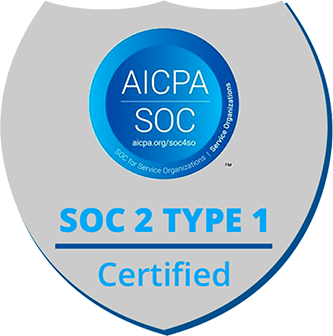MEMCM has a feature that allows for admins to move the Content Library that is stored on the primary site server. The content library can be moved to another share on another server, or to a share hosted off of a SAN. Basically, it can be moved anywhere where the primary site server can authenticate to it and store folders/files. This post will walk through redirecting the content library to a different share.
In this post, I will move my content library to a share hosted directly off of my SAN. Hosting the content library somewhere other than the primary server is a requirement if you want MEMCM to be highly-available. But, it’s also a good idea to do this to add resiliency to a non-HA environment. Storing the content library on a SAN share also makes server upgrades/moves much easier, as that’s one less item that has to be moved.
I recommend using robocopy to do an initial copy of your content library. Robocopy is much faster at moving the files and folders, and allows you to keep your MEMCM environment fully online while moving the content library.
Requirements
To complete the steps in this blog, your MEMCM environment must be at least 1806. You will also need a SAN share at least equal to the size of your content library, though you should probably make it a little bigger.
You will also need a maintenance window, as distribution of new content will be halted during the transfer. Software installations will still work as long as the content is already distributed to distribution points, but any new distributions of content will be paused while the content library is moved.
The computer account of your primary site server will need full control of the SAN share and full control NTFS rights. You can assign any other rights as you see fit.
Process
To move the content library, follow these steps.
- Configure your destination share with the permissions described above.
- Use robocopy to perform an initial copy of the content library. Do this well in advance of the actual move. Here is an example robocopy command that worked well for me: robocopy <source> <destination> /E /copy:DATO /DCOPY:DAT /MIR /MT:96 /R:5 /W:10 /Log:<path to log>.log
NOTE: You do not want to copy ACL’s. The destination directory will not have the correct permissions to allow content to be copied.
- Once it’s time for the move to occur, re-run the robocopy command to sync any changes.
- Launch the MEMCM console and go to the Administration workspace > Site Configuration > Sites.
- Select your site, and click Manage Content Library in the ribbon.

- The Current Location box should be blank. Type in the new location (UNC path) in the New location box (ex. \\memcm\content\ContentLib).

- Click Move.
The move process will now start. You can follow the progress in the bottom of the windows in the MEMCM console.

You can also look in the Distribution Manager log (distmgr.log) on the primary server and follow the progress. If you used robocopy to move the data ahead of time, it shouldn’t take all that long to complete the transfer.
Disclaimer
All content provided on this blog is for information purposes only. Windows Management Experts, Inc makes no representation as to accuracy or completeness of any information on this site. Windows Management Experts, Inc will not be liable for any errors or omission in this information nor for the availability of this information. It is highly recommended that you consult one of our technical consultants, should you need any further assistance.






